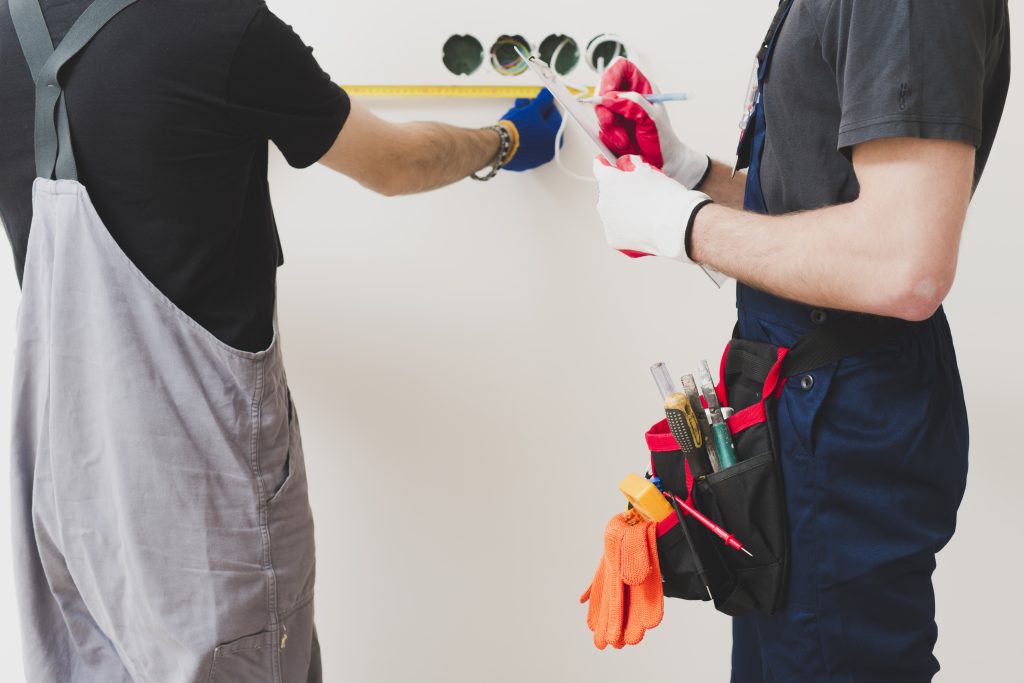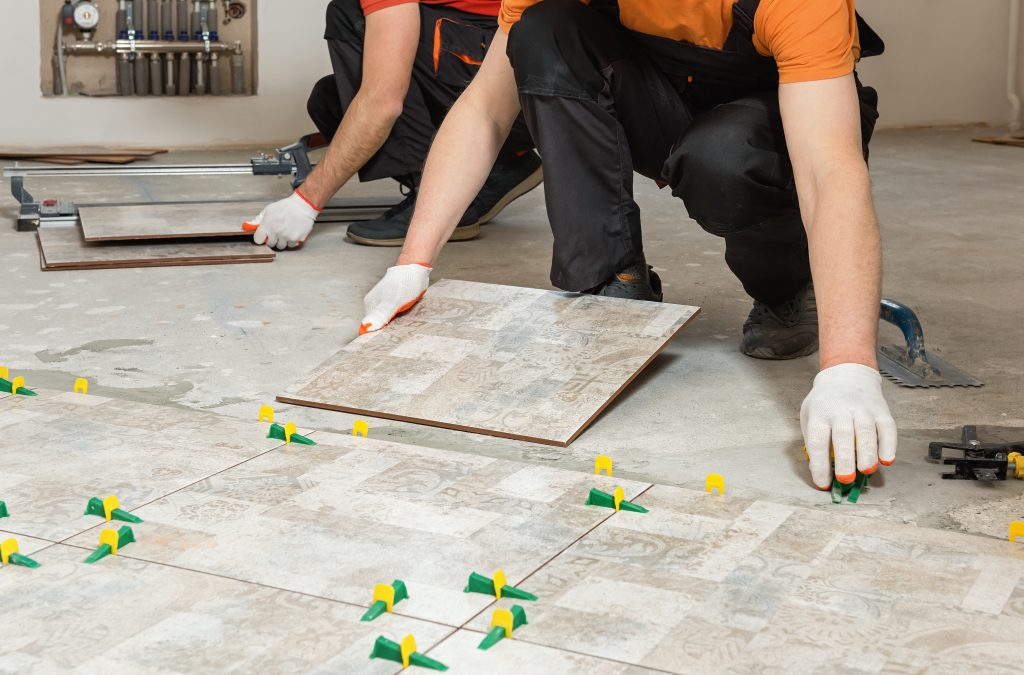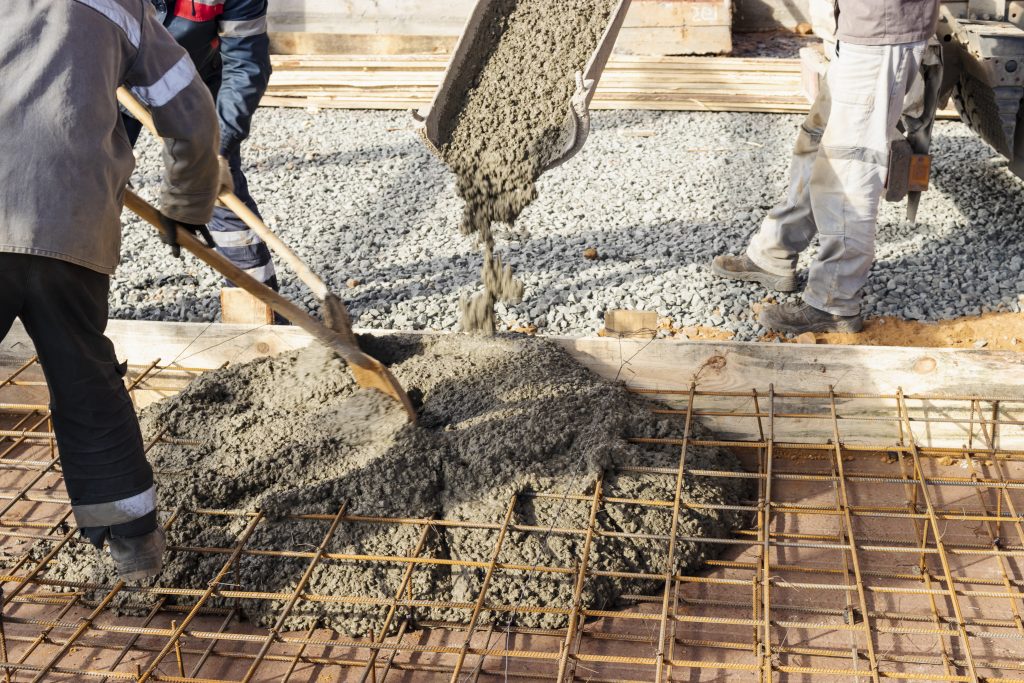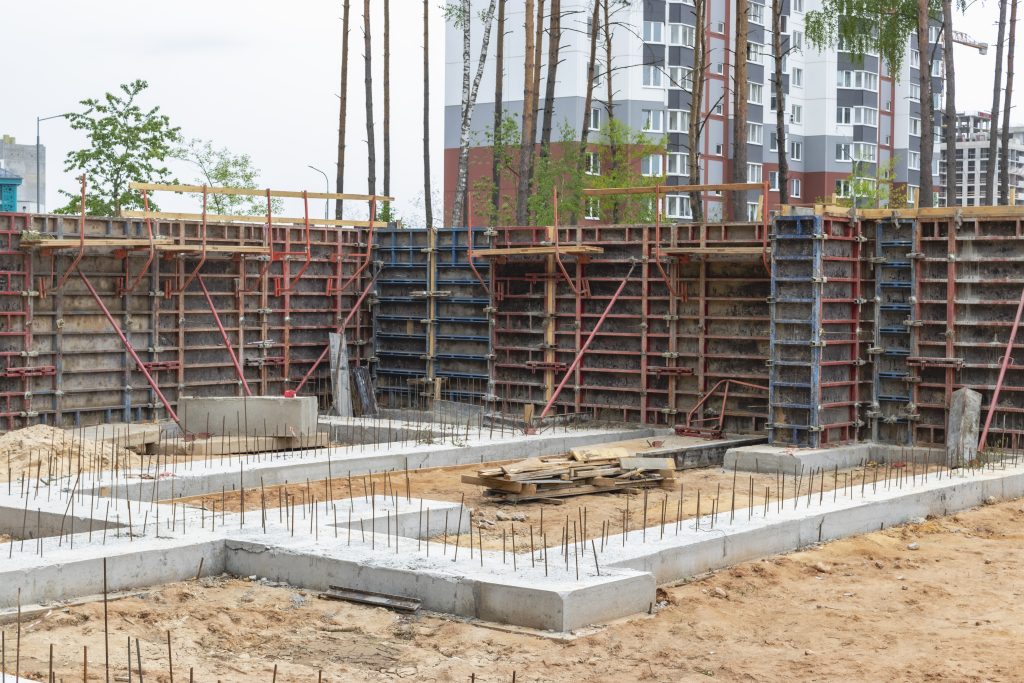Along with the excitement that comes with constructing a home, you need to consider various utility systems that need to be integrated at the time of construction. Now, water and electricity are among the important utilities necessary in a home. To facilitate a proper supply of water and electricity, you need an efficient plumbing and electrical system, respectively, in place. Typically, both these systems are concealed and therefore must be planned for during the house designing stage. In this article, we will help you with tips on plumbing and electrical fittings to make your construction planning easier.
Tips to Plan Bathroom Plumbing
Consider the following when planning the plumbing for your home:
Plan The Layout Wisely
Bathrooms, kitchen and laundry room are the areas that require plumbing. You can plan the layout of your home in a way that these rooms are close to one another. This way, you can save the cost of piping and potentially reduce leakages at multiple joints. For bathrooms, you need plumbing for the wash basin, toilet, bathing area, etc. A kitchen requires plumbing for sinks, water purifiers, etc. You also need to supply water to washing machines in the laundry area. This water also requires an apt drainage system for which a civil engineer must be consulted. If you plan to build an outdoor garden, you must also consider installing an outdoor water outlet to water the plants, wash your vehicles, etc.
Install Water Softener Unit
If you reside in areas with hard-water supply, you must consider installing a water softener unit. Hard water contains chemicals that can damage your skin and clothes. The water softener removes magnesium, calcium and other minerals that may be present in hard water. This unit is placed where the main water supply system starts. You may want to check the sodium level of the softened water before consuming it for drinking.
Have Your Plumbing System Centralised
Whether it is your water heater, water softener, main water supply or sewage pump, ensure that they are in one place. This way, you or licensed plumbers can easily access your plumbing system for maintenance or repair work.
Protect Pipes With Concealed Piping System
A concealed piping system attributes to the aesthetics and safety of the pipes. In a concealed plumbing system, the pipes are concealed into the wall and are less likely to get damaged unless there’s a severe impact on the wall.
Consider Provisions for Rainwater Harvesting
Another water plumbing tip is to consider rainwater harvesting. It is a method of collecting and storing rainwater. This artificial resource of water can be harvested whenever you need it. Rainwater can be stored for direct consumption. Any surplus water may be recharged to the ground. Rainwater harvesting facilitates a sustainable source of water.
Tips for Electric Fittings
Electricity powers all electronic devices, viz., lights, fans, refrigerators, TV, phones, computers, Wi-Fi routers and more. Hence, proper electric fittings are crucial. Here are some important tips on electric wiring and fittings.
Get an Electrical Plan
An electrical plan is a technical drawing that visually represents the electrical settings in your home. The electrical plan must include the location of the lights and fan, switches, cables, heavy appliances, etc.
Check Power Plug Requirements
Every room in a house may have different power requirements. Appliances like washing machines, iron, water heaters and air conditioners must be connected to the electrical system via power plugs. Hence, you need to ascertain the location of such appliances in the design stage and make an electrical plan accordingly.
Opt for a Concealed Wiring System
In a concealed wiring system, provisions are made in the wall during the construction process. Cables and wires passed through flexible tubes and are concealed in the wall. The switchboard is also flush mounted into the wall and the wiring is placed in a metal box that is also concealed into the walls. A concealed wiring system provides a smooth wall surface and an aesthetically pleasing look to the space while also protecting the wires and the occupants.
One of the most important things you should consider about concealed systems is the maintenance and repair challenges. You must also be completely sure of the location of the switchboards, electrical fittings and appliances. Moving switchboards after the construction and paint work is complete can lead to additional costs.
Casing Wiring Systems for Some Areas
You may want to consider casings in some areas of your home, especially areas where utility takes priority over aesthetics. The switchboard box is surface mounted, and casings are screwed onto the walls for wires to run through them. You can open the casings and switchboards for easy maintenance and repair work.
Make Provisions for Extra Switches & Sockets
It is always a good idea to have extra switches and sockets on the switchboard, especially when it comes to flush-mounted systems. For instance, you can always have extra sockets for mobile phone charges. Changing the switchboards later to accommodate more switches and sockets comes with additional labour and fitting costs.
Different Wires for Different Appliances
An appliance like an air conditioner typically consumes higher power than say an LED bulb or a fan. For such appliances, you need to provide a different wiring system. You may want to consider 2.5 sq.mm wires for AC connections and 1.5 sq.mm for other regular appliances.
Looking for a cement company that addresses your waterproofing needs? Look no further, JK Cement has you covered.
FAQs
What types of pipes are used for plumbing?
The following are the common types of pipes used for home plumbing:
- Polyethylene cross-linked (PEX) pipes
- Polyvinyl chloride (PVC) pipes
- Rigid and flexible copper pipes
- Acrylonitrile butadiene styrene (ABS)
- Galvanised steel pipes
- Stainless steel pipes
- Polybutylene pipes
What does grounding or earthing mean in electric work?
When you use an electrical appliance, electric current flow into the appliance. Grounding provides another route for the current to flow back to the ground.
How can I improve the plumbing system in my home?
To enhance your home’s plumbing system, consider upgrading fixtures, promptly addressing leaks, insulating pipes in colder regions, installing a water filtration system, and regularly unclogging drains and gutters. These simple steps will improve efficiency and ensure the proper functioning of the plumbing system.














